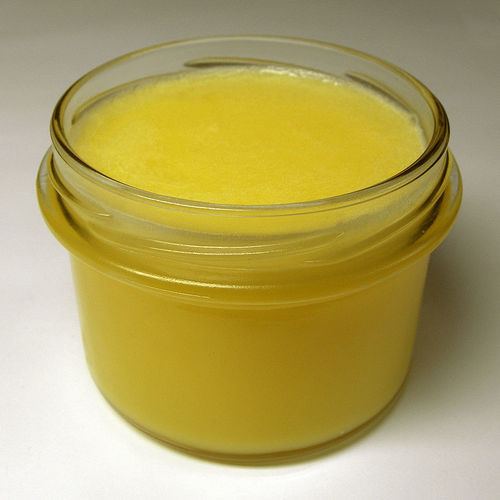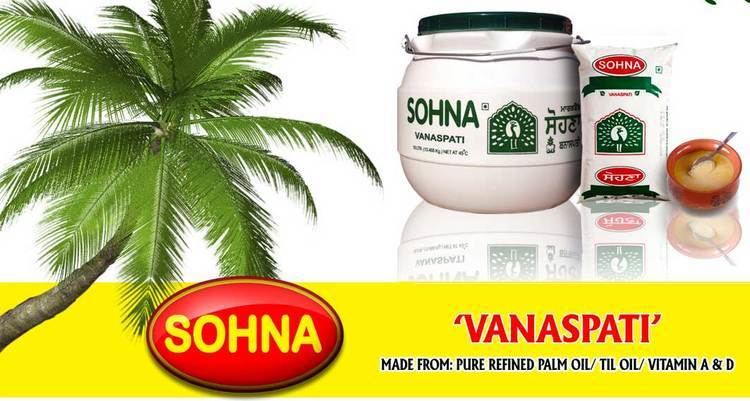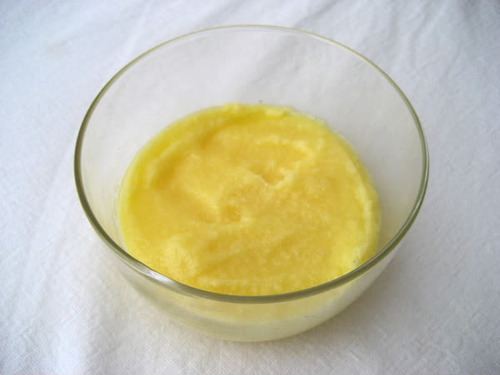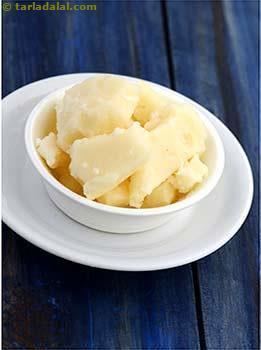 | ||
Palm oil the bare facts the making of vegetable ghee vanaspati
Vanaspati (Devanagari: वनस्पति) is the Sanskrit word that now refers to the entire plant kingdom. However, according to Charaka Samhitā and Sushruta Samhita medical texts and the Vaisesikas school of philosophy, "vanaspati" is limited to plants that bear fruits but no evident flowers. In the Rigveda, 9th Mandala, Hymn 1.5, "Vanaspati" (literally meaning: Lord of the Forest) is a deity presiding over the forest and described as the "bright golden hued Vanaspati, with its thousand branches."
Contents
- Palm oil the bare facts the making of vegetable ghee vanaspati
- Vanaspati brought from other states to tamilnadu dinamalar oct 6th news
- Concept in Hindu scriptures
- Hydrogenated vegetable oil
- References
Vanaspati brought from other states to tamilnadu dinamalar oct 6th news
Concept in Hindu scriptures

The Rigveda divides plants into Vrksha (tree), Oshadhi (herbs useful to humans) and Virudha (creepers). These are subdivided into:
All grasses are separately classified as Trna, flowering plants are Puspavati, and the fruit bearing ones are Phalavati. Leafless plants are placed under the group, Karira.
Other veda, the Atharvaveda divides plants into eight classes:

The Taittiriya Samhita and the Vajasenayi Samhita texts the plant kingdom is classified into:

In the words of Brahma, the Manu classifies plants as
Charaka Samhitā and Sushruta Samhita medicine texts classify plants into Vanaspati, Vrksa or vanaspatya, Virudh and Osadhi. This second Susruta subdivides Virudhs into pratanavatya (creepers with spreading stem on the grounds) and gulminya (succulent herbs), whereas the first Charaka subdivides Virudhs into lata (creeper), gulma and osadhis into annuals or perennials bearing fruits and grasses which go without fruits. These are further divided into 50 groups based on their physiological actions and diseases they cure. Flowering plants are divided into sukadhanya (cereals), samidhanya (pulses), saka varga (pot herbs), phala varga (fruits), harita varga (vegetable), ahayogi varga (oils), and iksu varga (sugarcane).
The Vaisesikas school of philosophy classify plants under seven heads, e.g. Vrksa, Trna, Osadhi, Gulma, Lata, Avatana and Vanaspati. Defining the characteristics of the various groups Udayana's Kiranavali, remarks that:
Parasara, the author of Vrksayurveda, classifies plants into Dvimatrka (Dicotyledons) and Ekamatrka (Monocotyledons). These are further classified into:
Hydrogenated vegetable oil
Vanaspati is also an Indian/South Asian slang for Vanaspati ghee, a fully or partially hydrogenated vegetable cooking oil, often used as a cheaper substitute for ghee. In India, vanaspati ghee is usually made from palm oil. Hydrogenation is performed using a catalyst known as "supported nickel catalyst", in reactors at low-medium pressure (3-10 bar). Vanaspati ghee is very high in trans fats, which may compose up to 50% of Vanaspati.
